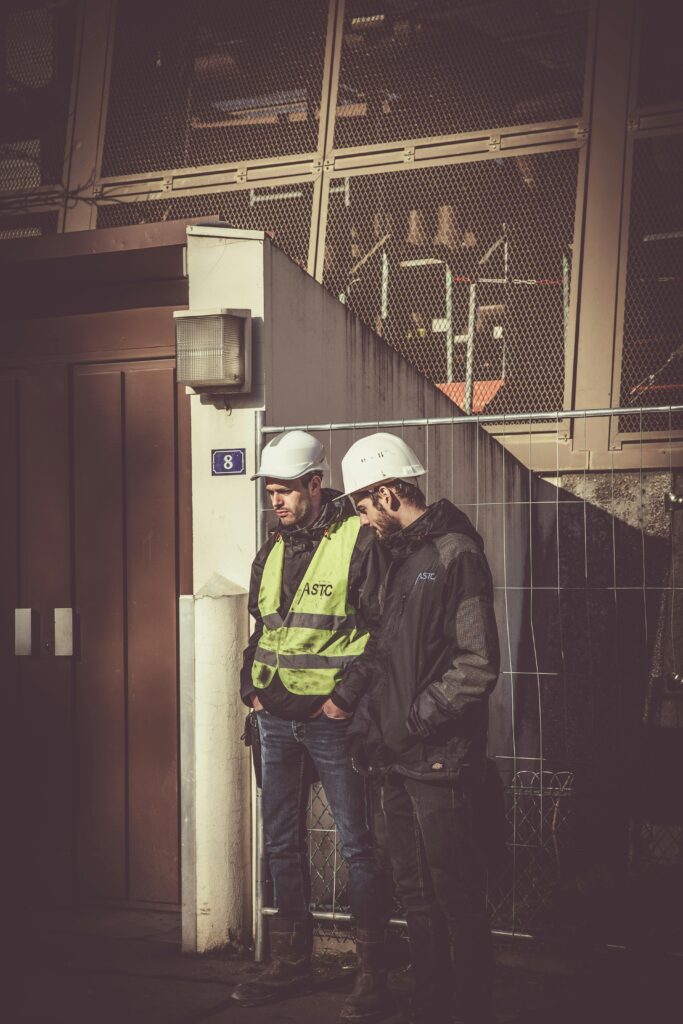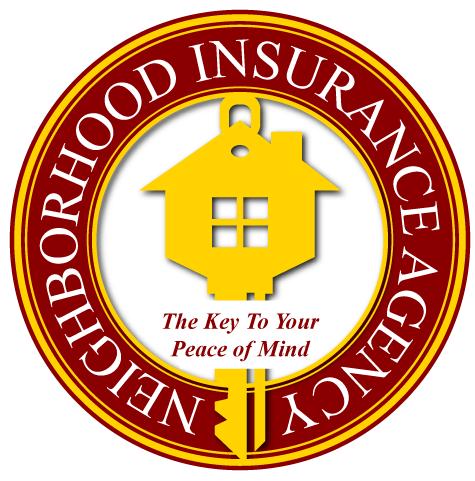When running your construction operation, one of the biggest challenges is preventing subcontractors’ and suppliers’ safety practices from interfering with your own safety program.
While you may consider a number of factors when vetting a new subcontractor or vendor, one area that is often overlooked is workplace safety practices. This mistake can cost you dearly if one of their workers causes an incident at your worksite.
Not only could you see one of your employees injured, but you could also get a visit from an OSHA inspector.
The National Safety Council’s Campbell Institute recently conducted a study of organizations with excellent safety records to identify the best practices for contractor and vendor safety.
As part of the study, it identified five steps during a contractor or vendor relationship when it’s incumbent on a hiring company to evaluate the workplace safety habits of its business partners.

Prequalification
The institute recommends looking at more than just a company’s experience modification rate. It says safety-minded firms assess contractors in multiple areas, such as their total recordable incident rate, fatality rate, days away from work for injured workers, restricted or transferred rate, and other OSHA recordable for the last three years.
Many firms also ask for environmental reports, written safety programs, permits, licenses, and continuous improvement programs.
Pre-job task and risk assessment
Before a contractor begins work, institute members recommend having a method for evaluating the risk of the work to be performed. Doing this can help you understand the scope of the work and give you a chance to put into place a new written safety program if the risk is deemed high.
Most importantly, you should require contractors to adhere to the same safety standards as you do.
Training and orientation
You should require safety orientation and skills training for subs before they step onto your job site.
Also, if they are doing a highly specific type of work, you should ensure they have any required permits or special training. Some jobs in that category are confined space entry, electrical work, hot work, energy control, forklifts, and elevated work.
Job monitoring
Many safety-minded companies monitor work with daily checklists, pre-shift tailgate or safety meetings, and weekly walk-through inspections.
Some of the companies surveyed for the study also require contract employees to submit a certain amount of safety observations and utilize mobile applications to report non-compliance or unsafe conditions.
Keep up-to-date incident logs, as this is crucial to monitoring subcontractor safety during a project.
Post-job evaluation
Conduct a post-job evaluation. During this phase look at safety, customer service, and the quality of the finished work, and use those factors in determining the subcontractor’s eligibility for future contracts.
Get a free Business Owner Policy quote online today!
Are you looking for Business Owner Policy insurance in Santa Ana, California? We are a top-rated local insurance independent agent protecting all aspects of your life, from your business to your autos and home, we have you covered! The benefit of choosing an independent agent like us means options. We have relationships with many top-rated carriers to give you the best Business Owner Policy insurance coverage you need that fits your budget. Don’t wait, call us today at (714) 285-9990 or visit our Quotes Online and start saving money.
